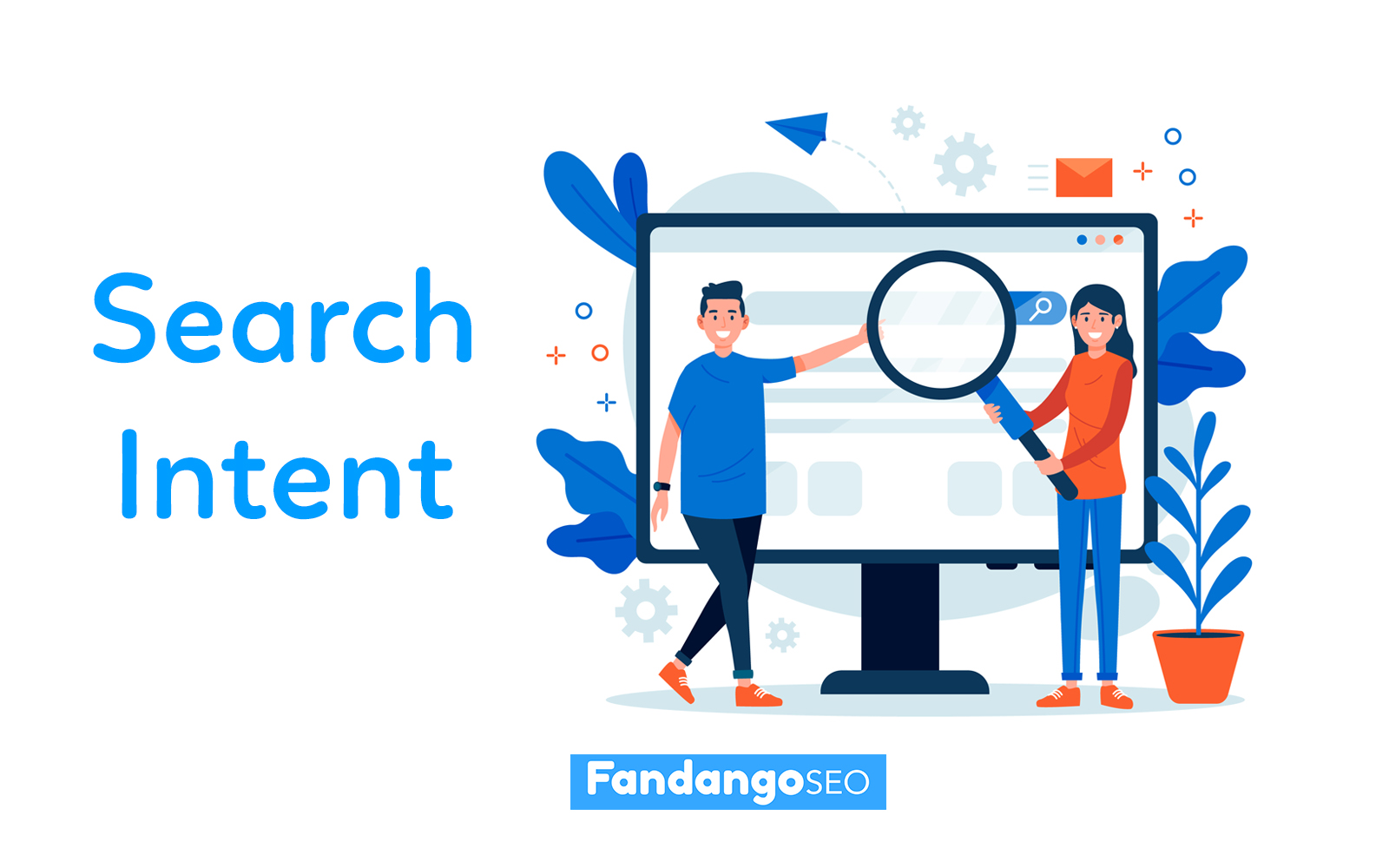Pulse of Information
Your source for the latest insights and updates.
Search Intent: Decoding the Why Behind the Click
Unlock the secrets behind user clicks! Discover the hidden motivations driving search intent and boost your content strategy today!
Understanding Search Intent: The Key to Effective SEO
Understanding search intent is crucial for developing effective SEO strategies. Search intent refers to the reason behind a user's query, whether they are seeking information, looking to make a purchase, or simply browsing. By identifying the various types of search intent—such as informational, navigational, transactional, and commercial investigation—content creators can tailor their content to meet the specific needs of their audience. This alignment not only enhances user experience but also boosts the likelihood of ranking higher in search engine results pages (SERPs).
Utilizing search intent to inform your SEO approach can significantly impact your content marketing success. Begin by conducting keyword research to determine the intent behind popular search queries in your niche. Group these keywords into categories based on their intent, ensuring that your content addresses the unique needs of each group. Additionally, optimizing meta titles, descriptions, and on-page elements to align with search intent can further improve your visibility. Ultimately, understanding and leveraging search intent is the key to creating valuable content that resonates with users and meets the evolving demands of the digital landscape.

How to Analyze User Intent to Improve Your Content Strategy
Understanding user intent is crucial for developing a content strategy that resonates with your audience. User intent refers to the motivations behind a user's search query. To effectively analyze it, start by categorizing intent into three primary types: informational, navigational, and transactional. For example, users searching for "how to improve SEO" are likely seeking informational content, while those searching for a specific product are displaying transactional intent. Utilizing tools such as keyword research and analytics can help you identify which intent your audience is pursuing, allowing you to tailor your content accordingly.
Once you've categorized the types of user intent, it’s essential to create content that directly addresses these needs. For instance, if you identify that a significant portion of your audience has informational intent, consider producing how-to guides or comprehensive tutorials that provide detailed answers to common questions. Employing an SEO-focused strategy based on user intent can also drive targeted traffic to your blog. Make sure to regularly review and update your content based on changes in user behavior and preferences, ensuring that your content strategy remains relevant and effective in meeting user intent.
What Drives Search Intent: Unpacking the Motivations Behind Online Searches
Understanding search intent is crucial for anyone looking to optimize their online presence. Search intent refers to the underlying motivation behind a user's query, which can typically be categorized into four main types: informational, navigational, transactional, and commercial investigation. For instance, someone searching for 'how to bake a cake' is likely seeking informational content, while a query like 'buy running shoes' reflects transactional intent. By unpacking these motivations, content creators can tailor their offerings to meet the specific needs of their audience, thereby enhancing user experience and improving engagement.
Moreover, search intent is not static; it evolves as user habits change over time. Factors such as demographics, location, and current events significantly influence how people search online. A user may switch from seeking general information to making a purchase based on their immediate needs or decisions influenced by trending topics. Consequently, it is essential for marketers and bloggers to keep abreast of these shifts in intent, ensuring that their content strategy remains relevant and effectively addresses the dynamic behaviors of search engine users.